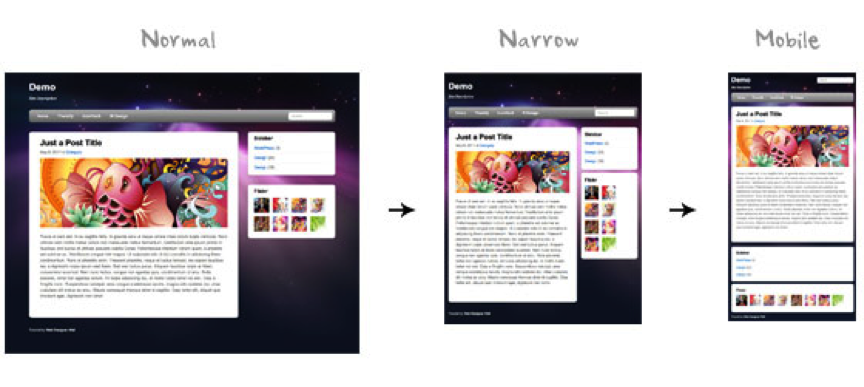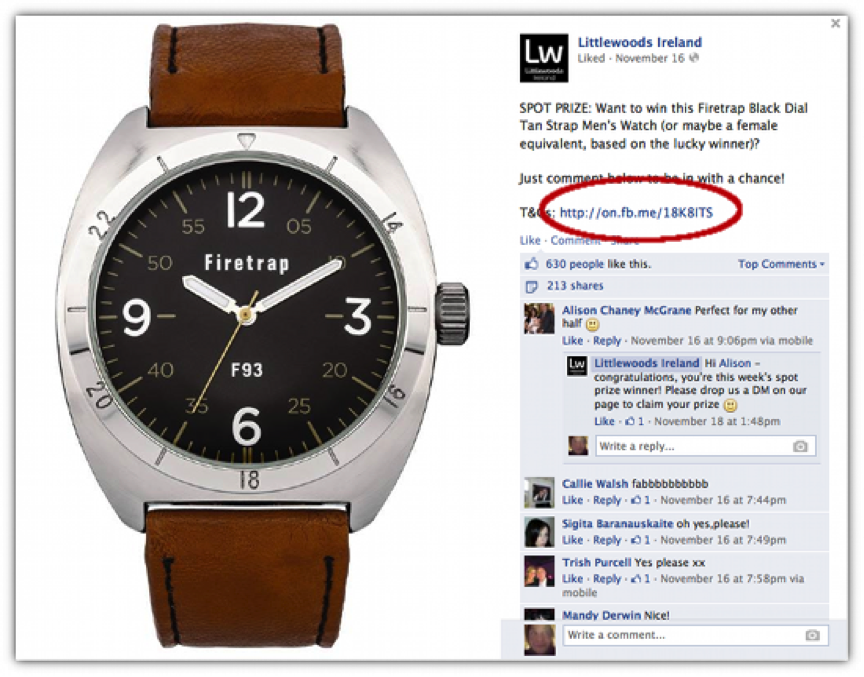This has probably been a head scratcher since the introduction of organized trade and currency way back in the 9th century BC. But to be fair these early business entrepreneurs had a much harder time getting their products across to a large audience.
Just a reminder – the only call-to-action at that time was actually calling (yelling at) people from village to village to take action and buy something they had brought from 100 of miles away.
 I’m going to make a fortune selling this thing
I’m going to make a fortune selling this thing
How’s Your Credibility?
If you have been paying attention to the history of the last couple of centuries, then you may have noticed that times have changed. People can buy and sell their products and services like never before.
But with this evolution of convenience comes a new wave of unease and mistrust. People need to be sure that the simple click-and-buy transaction is secure and trustworthy. Obviously, it’s your task to assure them that it is.
Start by checking how accessible are your contact details to costumers who would like to send a question or request before buying something. While just leaving your contact information in the footer or in a section of the front page might seem just fine, it is a good idea to put your contact information in a clearly visible location.
 If you look to your right you can see my number and if you look to your left you can see my address.
If you look to your right you can see my number and if you look to your left you can see my address.
A separate “Contact Us” page will be more effective and engaging. Having a contact form lets the customer contact you without extra windows popping out and if your website is mobile friendly – an instant call or saved number is only a touch away.
 A simple contact form does the trick. Adding your office location is also a plus.
A simple contact form does the trick. Adding your office location is also a plus.
The Future is Mobile
An interesting read about responsive web design hints that some businesses have condemned crafting their websites specifically for mobile needs. But in a study done by bazaarvoice we can see that in reality almost half of smart phone users today rely entirely on mobile for pre-purchase research.
And it’s estimated that in two years, the number of people who buy via mobile will jump to 65% shifting us to an even more mobile-centric lifestyle. This means that the haters are going to end up losers in this old school vs new school fight.
 Your website – the shape shifter
Your website – the shape shifter
Mobile devices are key for social interaction and establishing your social proof and online brand trust, therefore increasing your credibility. Social proof comes in the form of displaying social engagement numbers including your subscribers, followers, fans, tweets, likes, and other social shares. Having these icons and social media profiles are crucial for both current and potential customers.
Be Proud of Your Accomplishments
When people are excited about the quality or customer support they have received they want to tell other people about it. 71% of consumers say recommendations from friends or family is the single most important factor in the choice of website to buy from according to ecommerce stats.
Keeping this in mind, don’t be shy to post and showcase your best reviews and comments for your clients about your product and services. Having these testimonials and good reviews will help persuade people to do and keep on doing business with you.
 People want to be nice when you’ve done a good job for them.
People want to be nice when you’ve done a good job for them.
Meanwhile, good reviews on sites such as Google Maps or Yelp can encourage people to click to learn more about what you have to offer and what separates you from the list of competitors.
A press release by Constant Contact remarks that 82% of small businesses reported that new customers found them through referrals, meaning satisfied customers are one of the most important drivers of new customer acquisition.
Face Your Critics
A very ingenious case of showcasing transparency and boosting brand trust by a staggering 60% was done by a recent McDonald’s Canada Campaign. They answered around 20,000 consumer questions about its food and operations and included video tours around the growing fields, factories and restaurants. All curated by its top managers and executives.
Confronting critics or bad reviews may seem like a hassle, but it goes a long way in building credibility and trust.
After re-evaluating your credibility factors don’t try to mangle everything in one place, remember some of our tips on how not to confuse the lizards. Keep your website and brand information as cluster-free and simple as your design.
Are you targeting the right people?
In order for people to see what a credible and good business you run you have to reach out to the right people. In fact your whole goal should be to get the right message to the right person at the right time.
 There is room for mooore jelly, mommy!
There is room for mooore jelly, mommy!
First of all, acknowledge your audience or acknowledge that you have a specific audience.
Because in many cases sellers believe that their product is in some way universally appealing and their target audience is everybody.
This is, in fact, rarely the case. Look back at your most profitable and loyal customers and think about what was their predominant problem and how your product offered the solution.
When you determine your target audience, the next step is to find out your best communication channels. Do they read blogs and reviews, subscribe to newsletters, or perhaps listen to podcasts while taking the dog out for a walk?
Let’s say your typical customer is middle aged, family orientated and loves shopping online. Sounds kind of like your mom, right?
Even though mothers generally check out companies for their special offers and discount codes, a survey by eMarketer suggests that they’re actually looking out for interesting news and articles more.
You can be clever about inquiring what your client enjoys. Do your own survey in exchange for a great deal or freebie. People love getting free things.
 Or just hire a spy.
Or just hire a spy.
Consider Corporate Espionage
We’ve all heard that our web browsing patterns and information get distributed from social media platforms to third party sources for evil marketing purposes. Truth is, it’s a very effective way to generate data and give customers better content and offers.
And companies like Rapleaf will actually do all the dirty work for you. After you discover that many of your clients are reading specific blogs or review sites about your field of business, all you have to do is get an article published there, request a review and get recommended.
Or do a creative social media campaign. It doesn’t have to be high-key. Add downloadable coupons on Facebook, start a hashtag discussion on Twitter or have a photo competition on Instagram.
 Interactive and easy to join
Interactive and easy to join
A good example of high ROIis computer technology giant Dell’s use of Twitter racking in over $3 million. They gave out exclusive coupons to their Twitter followers and offered their excessive inventory at much lower prices through another account called Dell Outlet.
How often do you actually tell people to buy?
Offering people to buy and participate usually has two scenarios for low-sales performing business ventures – you’re either thinking that one time was enough or you’re over doing it.
Having a mailing list is a good start but sending only one informative email when your new product is about to go on sale is just not cutting it. Customers have to be prepared for your product. They’re on your mailing list for a reason.
People in our modern society rarely buy something because they need it. They buy something because they want it. And it may be that at that precise moment they didn’t want what you’re selling.
Give them an introductory email a week before, and then show them the buy button and key features in the next. With email marketing services like Mailchimp and GetResponse it’s even easier to track and see how effective your emails really are. Compare your analytics and click-to-open rates by industry in marketing benchmark reports.
When an email explicitly tells the customer they have a deadline to buy your product it automatically triggers a different perception of said product.
Nobel Prize winning psychologist and economist Daniel Kahneman calls this loss aversion. Meaning a client would lose more satisfaction in losing 10$ (missing the deadline) than gaining 10$.
In the end, it’s all about perception. Another old trick is breaking down the price to its lowest time increment. For something priced at $360 a year, say – all this and more for only 99 cents a day!
 Clients like to be reminded and celebrated – holiday greetings, birthday discounts.
Clients like to be reminded and celebrated – holiday greetings, birthday discounts.
Don’t push it or over do it. Frequent newsletters and promotional materials usually tend to be weekly or monthly based opposed to social media posts that are often daily. Experiment what works best for you.
Conclusions and Final Thoughts
Credibility is crucial. People need to be sure that doing business with you is secure and trustworthy. Create a better user experience by adding a contact form and making your website mobile friendly.
A business is very human like – it gets praised and it gets scrutinized. Confronting criticisms may seem overwhelming but if you ignore them, it will only be worse.
In order for people to see what a credible and good business you run you have find your specific audience. Look back at your most profitable and loyal customers and think about what was their key problem and how your product fantastically solved it.
Remind your clients about yourself, don’t be shy. Experiment to find the most suited social channels and means of communicating with them. It’s a new age – you don’t have to stand on a rock and call on people from village to village to buy something from you. Use the 21st century’s most powerful weapon – social media.
Leave a Reply
You must be logged in to post a comment.